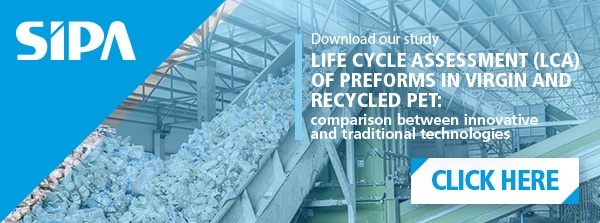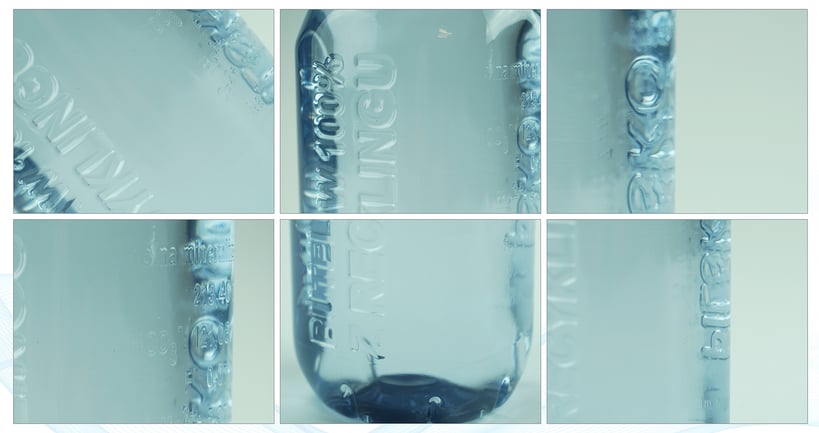
Market trends say that the world of packaging, especially that of beverage containers, is moving towards label-free. Several brands have already given up the label, but that does not mean that they have forgotten one of the fundamental tools for marketing and communication.
To follow this path that seems to lead to the future, you need to know the reasons why label-free packaging is functional and effective.
"Packaging and Production: obligation to comply with the SUP Directive"
Download the free eBook
Label-free for ecological and healthy containers
One of the main reasons that are orienting large companies towards the use of label-free containers is precisely the desire to create easily recyclable packaging.
The absence of a label allows to recycle the containers 100% without having to divide the different materials and, in addition, allows to reduce the use of plastic.
We have also to consider that by removing labels we also eliminate from the recycling process:
- hydrochloric acid, which hydrolyses PET,
- benzene, a substance known to be carcinogenic.
In addition, some glues used for labels contain PVA which, like PVC, produces benzene.
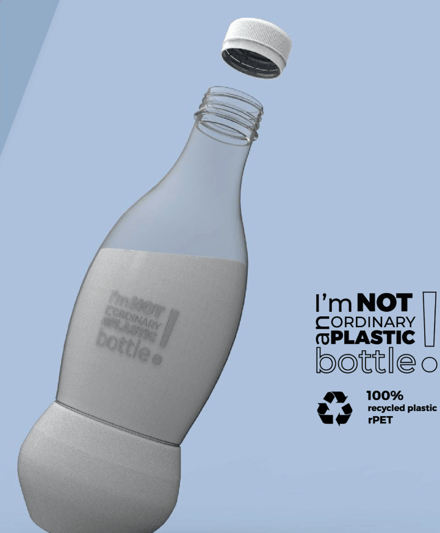 The problem that is now being addressed with label-free is the composition of the inks. In fact, inks of natural derivation are being sought because of the several studies done on the migration of inks through the porous structure of PET.
The problem that is now being addressed with label-free is the composition of the inks. In fact, inks of natural derivation are being sought because of the several studies done on the migration of inks through the porous structure of PET.
Several companies and brand-owners are developing best practices according to Recyclass guidelines to comply with new regulations and make the circular economy more real.
In the age of the circular economy, the transition to label-free also becomes a very important element in further lowering the environmental impact of industries.
Today's consumers are very attentive to the materials with which packaging is made and to the choice of products proposed by brands that strive to reduce the use of plastic while protecting people's health.
This leads companies to adopt increasingly ecological and safe solutions, including label-free containers.
Without a label but with marketing
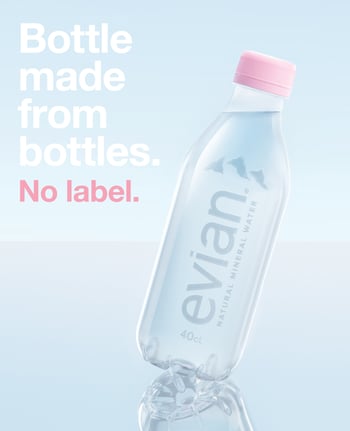
Removing the label from bottles does not mean giving up an essential element of marketing, on the contrary it can become an opportunity to study innovative and differentiating designs that can attract customers more.
In addition, the launch of a label-free packaging can become the heart of a communication campaign that can make the brand known to an audience sensitive to ecological issues or to one for whom the design of the bottle is as important as the quality of its content.
To get an example of a "label-free packaging operation" you can analyze the launch of the new Evian water bottle, a well-known company of the Danone group, which took place in summer 2020.
In a first phase, the company focused on the French Ho.Re.Ca. and then extended the proposal to other markets. The brand is enhanced through a clean, but accurate design, and is clearly visible despite the transparency of rPET packaging. Style and ecology are the two factors that the company has chosen to highlight through a targeted communication strategy.
READ ALSO: "Water bottles packaging: creativity for today's market"
Switching to label-free packaging is simple
You might think that the production of bottles and other types of containers without labels is still prohibitive and involves the use of special machines, but this is not the case.
Relying on industry experts, it is possible to implement the label-free solution with extreme simplicity on machines for the production of containers already present in a company.
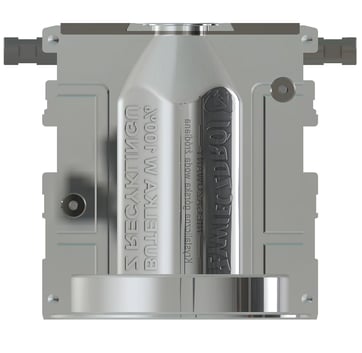
What makes the difference is the design of the blowing mold, which must be carried out very carefully to obtain bottles in which legal information and marketing messages are readable and in which all the technical characteristics necessary to contain the product, transport and market it are respected.
The creation of a prototype is a fundamental step to test the packaging both from a functional and aesthetic and communicative point of view.
Once the mold is made and installed on the machine, it is easy to switch to the production of these innovative and ecological containers that are conquering the beverage market.





